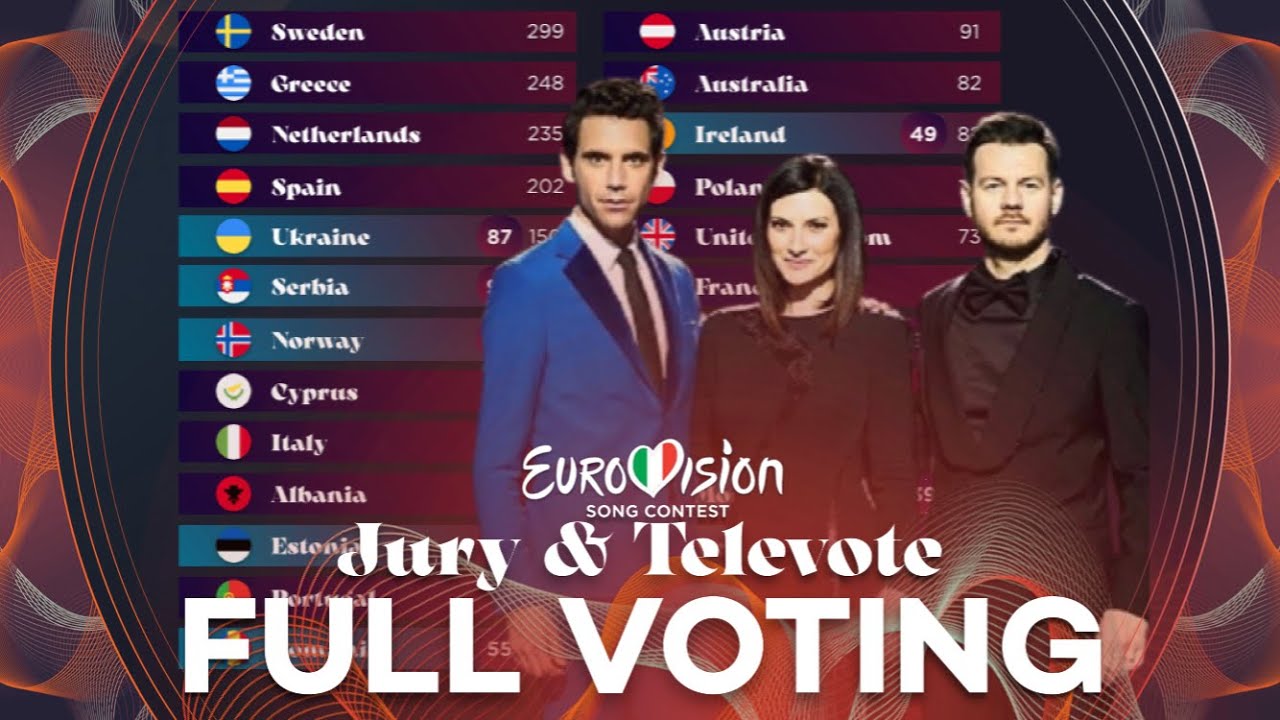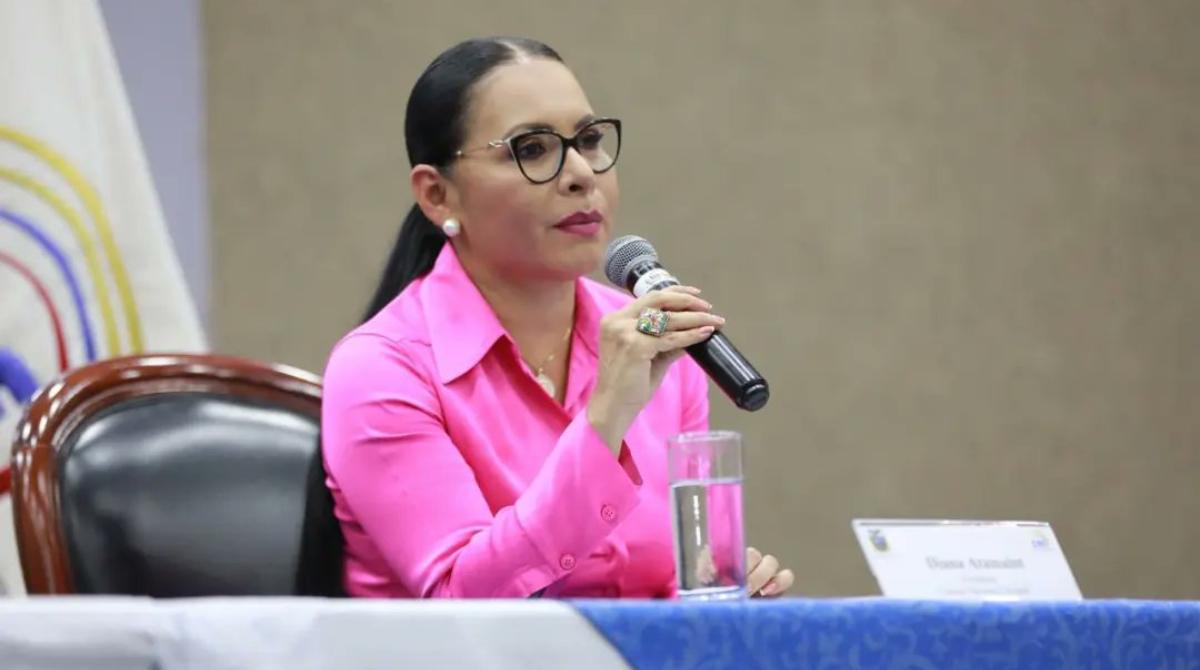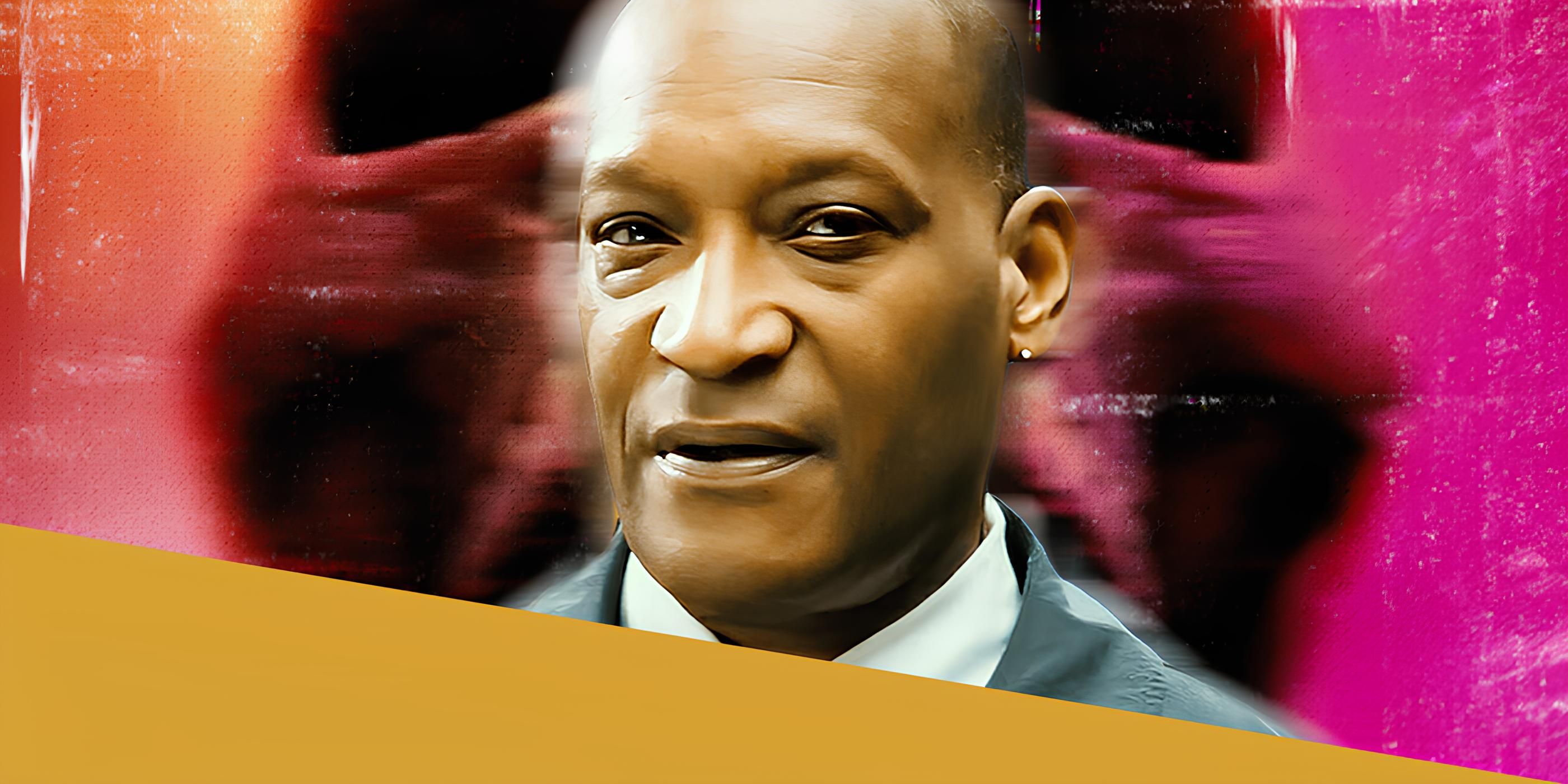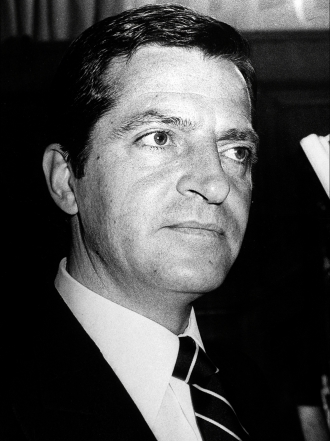The Eurovision Voting Process: A Step-by-Step Breakdown

Table of Contents
The Two Pillars of Eurovision Voting: Jury and Televoting
The Eurovision voting system relies on two equally weighted pillars: professional juries and televoting. This dual system ensures a balanced assessment of the performances, combining critical appraisal with public opinion. Half of the points awarded to each song come from a panel of music professionals in each participating country (jury voting), while the other half reflects the votes cast by viewers at home (televoting). This blend aims to create a fair and representative outcome.
-
Jury Voting: A panel of five music industry experts from each country anonymously scores each song. This independent judging system protects against bias and ensures an objective evaluation based on criteria such as vocal performance, song composition, creativity, and stage presentation. The Eurovision jury voting process aims for a balanced and fair assessment of the artistic merit of each performance.
-
Televoting: Viewers in each participating country vote for their favorite songs via telephone, SMS text message, or dedicated Eurovision apps. This component directly reflects the public's preferences and contributes significantly to the final Eurovision points tally. Televoting ensures that the popularity of a song plays a crucial role in the Eurovision voting system.
The Jury Voting Process: A Deeper Dive
The Eurovision jury voting process is designed to ensure impartiality and expertise. The selection of jurors is meticulous, emphasizing their knowledge and experience within the music industry.
-
Jury Selection: Each participating country selects a five-member jury comprised of respected music professionals—composers, singers, producers, and other relevant experts. The selection process aims for a diverse panel, avoiding conflicts of interest and ensuring a broad range of musical expertise.
-
Confidentiality: Jurors are bound by strict confidentiality agreements. This prevents any potential influence from other judges, the public, or external pressures, ensuring the integrity of the Eurovision jury voting.
-
Scoring: Jurors independently score each song based on predetermined criteria, typically including vocal performance, song composition, creativity, and stage presentation. These individual scores are then aggregated to create a national jury ranking. This method ensures each country's jury delivers an independent assessment.
Understanding Televoting: How the Public Votes
Televoting allows the public to actively participate in the Eurovision Song Contest voting. While generally straightforward, several aspects are crucial to understanding its role.
-
Voting Methods: Televoting methods may vary slightly across participating countries, but generally involve phone calls, SMS text messages, or dedicated Eurovision apps. The ease of access to these voting methods aims for maximum participation from viewers.
-
Fraud Prevention: Robust measures are in place to prevent voting fraud and manipulation. This includes limiting the number of votes per phone number or IP address and employing specialized monitoring systems. These anti-fraud measures are integral to maintaining the integrity of the Eurovision televoting.
-
Aggregation and Weighting: Televotes from each country are aggregated to create a national televoting ranking. This ranking is then weighted equally with the jury ranking to determine the final score for each song. The aggregation process prioritizes fair and accurate representation of public opinion.
Combining Jury and Televote Results: Calculating the Final Score
The final Eurovision points awarded to each song are a combination of the jury and televote results. This process ensures a balanced outcome, reflecting both critical appreciation and public popularity.
-
Point Allocation: Each country awards points based on the combined ranking of their jury and televote results. Typically, the top three scoring countries from each ranking receive the highest points, with points decreasing for lower-ranked countries. This ensures a fair distribution of Eurovision points across the participating nations.
-
Final Tally: The points awarded by each country are then tallied across all participating countries. The country with the highest total score at the end of the voting process is declared the winner of the Eurovision Song Contest. This final tally ensures that the overall winner truly reflects the combined preferences of both juries and the public.
Addressing Potential Criticisms of the Eurovision Voting System
While the Eurovision voting system aims for fairness and transparency, certain criticisms persist. Acknowledging these concerns is crucial to understanding the ongoing evolution of the process.
-
Neighboring Country Voting: There have been accusations of "block voting," where neighboring countries tend to award each other higher points based on geographical proximity or shared cultural affinities rather than purely on the merits of the performance. This potential bias is often debated and actively monitored.
-
Political Influences: The possibility of political considerations influencing voting patterns cannot be entirely ruled out, although the anonymous nature of the jury voting helps mitigate this risk. This is an ongoing discussion within the Eurovision community.
-
Popularity vs. Merit: A common debate centers around the balance between a song's popular appeal (reflected in televoting) and its artistic merit (reflected in jury voting). Finding the perfect balance between these two factors remains an ongoing challenge for the Eurovision Song Contest.
Conclusion:
The Eurovision voting process, while complex, strives for a balanced representation of both critical acclaim (jury voting) and audience popularity (televoting). Understanding this dual system deepens one’s appreciation of the effort to create a fair and representative outcome. While some criticisms remain, the process continues to evolve, aiming for greater transparency and a more refined system of awarding Eurovision points. So next time you’re watching the Eurovision Song Contest, you’ll have a much more informed understanding of how those points are awarded and what ultimately decides the winner. Explore the nuances of the Eurovision Voting process further – it will enhance your enjoyment of the show!

Featured Posts
-
 Clemson Football Spring Practice Begins Amidst Fan Distraction
May 19, 2025
Clemson Football Spring Practice Begins Amidst Fan Distraction
May 19, 2025 -
 Primarias Cne 2025 Calendario Electoral Y Desafios
May 19, 2025
Primarias Cne 2025 Calendario Electoral Y Desafios
May 19, 2025 -
 Tony Todds Final Role In Final Destination Bloodline Trailer A Bittersweet Farewell
May 19, 2025
Tony Todds Final Role In Final Destination Bloodline Trailer A Bittersweet Farewell
May 19, 2025 -
 Kristen Stewarts Cannes Debut The Chronology Of Water Receives Standing Ovation
May 19, 2025
Kristen Stewarts Cannes Debut The Chronology Of Water Receives Standing Ovation
May 19, 2025 -
 Muere Juan Aguilera Adios Al Primer Espanol En Ganar Un Masters 1000
May 19, 2025
Muere Juan Aguilera Adios Al Primer Espanol En Ganar Un Masters 1000
May 19, 2025
